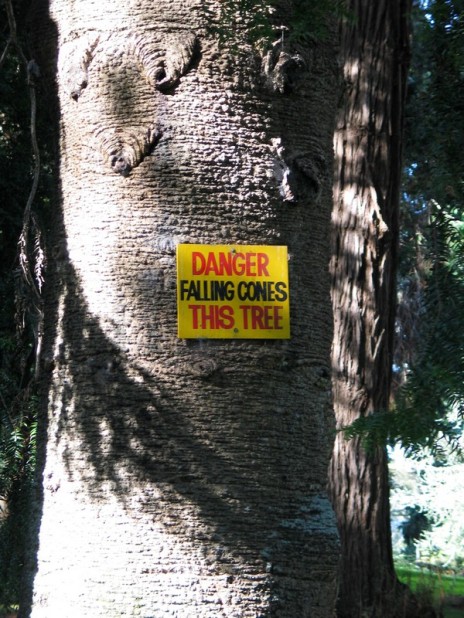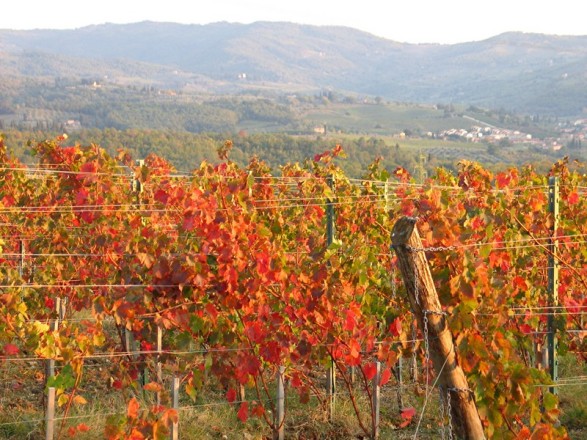Congratulations to Barry Curtis (Tauranga) and Bob Parsons (BOP) who respectively won the Grand Champion and Reserve Champion titles at the Bay of Plenty Orchid Society Show. Despite a somewhat difficult growing season – although not for everyone, clearly – there was a nice range of orchids to look at in the Te Puke War Memorial Hall last Friday and Saturday.

Grand Champion plant: Bulbophyllum Elizabeth Ann ‘Buckleberry’ grown by Barry Curtis of the Tauranga Orchid Society. Photo: Sandra Simpson

A closer look at one of the many dozens of flowers on the plant – and more buds were still forming! Photo: Sandra Simpson
Many people find Elizabeth Ann ‘Buckleberry’ easy to grow but difficult to flower. I didn’t run across Barry at the show to find out what his secret might be!

Reserve Champion plant: Psychopsis papilio, grown by Bob Parsons of the Bay of Plenty Orchid Society. This plant, sometimes called the butterfly orchid, had about five blooms. Photo: Sandra Simpson

A basket of Dendrobium cuthbertsonii was a winner for Pat Hutchins, owner of Sunvale Orchids in Gisborne and a member of the Tauranga society. These little orchids grow epiphytically at up to 3000m above sea level in New Guinea and the Bismarck Archipelago. Photo: Sandra Simpson

A delightful mini-Paphiopedilum displayed on the Bay of Plenty society’s stand. Photo: Sandra Simpson

Paph Ruby Leopard x Marie Joyes, grown by Selwyn Hatrick of Rotorua. The pouch appeared almost black, much darker than the camera recorded. Photo: Sandra Simpson

The striking Cattleya Gila Wilderness ‘Nippon Treasure’ belongs to Bob Parsons. He was given the plant by Andy Easton as that orchid grower and breeder made the move from Rotorua to Colombia. The label may also have a bit more name on the end, but it’s become very hard to read. Photo: Sandra Simpson

Rhyncholaeliocattleya (Rlc)Village Chief North ‘Green Genius’ was shown by Leroy Orchids of Auckland. Do you like the green petals? Photo: Sandra Simpson

Warczewiczella Amazon Beauty was shown on the Whangarei Orchid Society stand. As part of the name suggests, the plant is native to the Amazon basin. Photo: Sandra Simpson

Masdevallia herradurae, or the horse-shoe Masdevallia, was shown by Diane Hintz on the BOP stand. Found in Colombia and Ecuador, this orchid grows at elevations of 500 to 2100m on mossy trees. Photo: Sandra Simpson

Habenaria rhodocheila is a southeast Asian orchid that grows in deciduous forests. This plant with the striking orange flowers was shown on the Whangarei stand. Photo: Sandra Simpson
Read more about the care of Harbenaria orchids, which have tubers and so are terrestrial growing. The Pacific Bulb Society website includes a page on these orchids.

The amazing flowers of Habenaria myriotricha, grown by Carl Christensen of Napier. (And thanks to the kind gent who held a black chair in the background while I took the photo.) Photo: Sandra Simpson




















